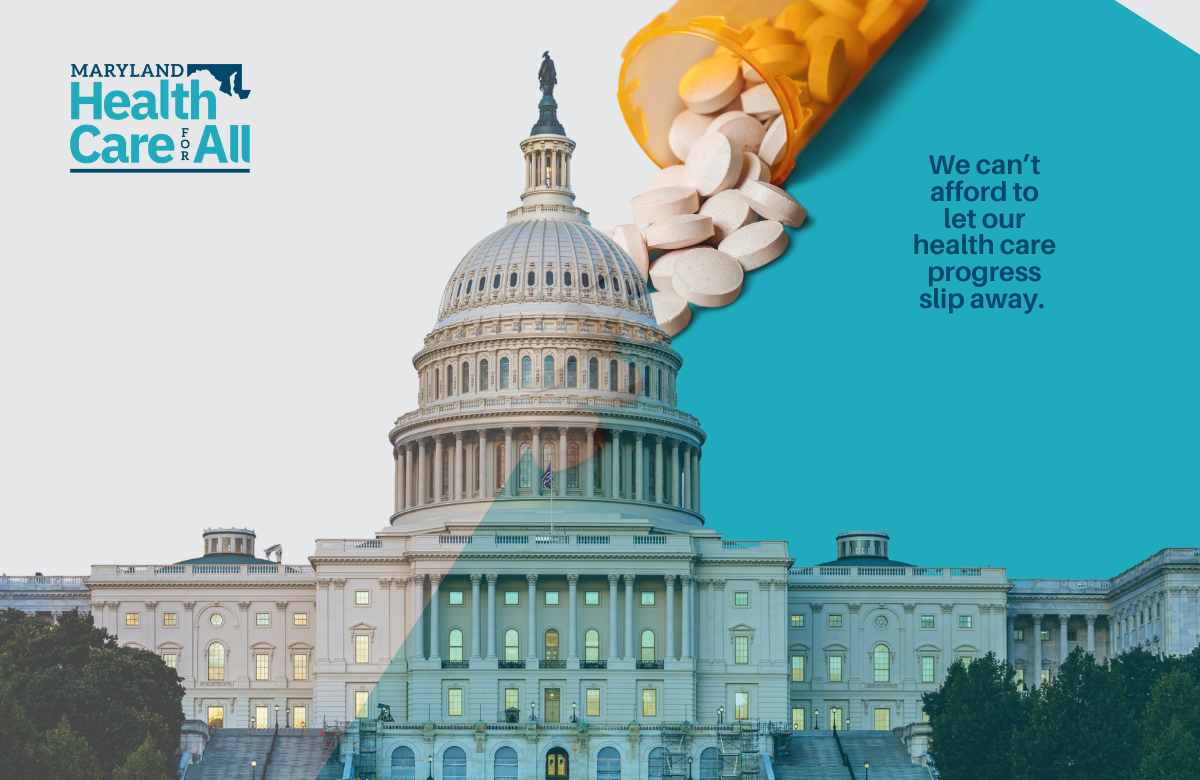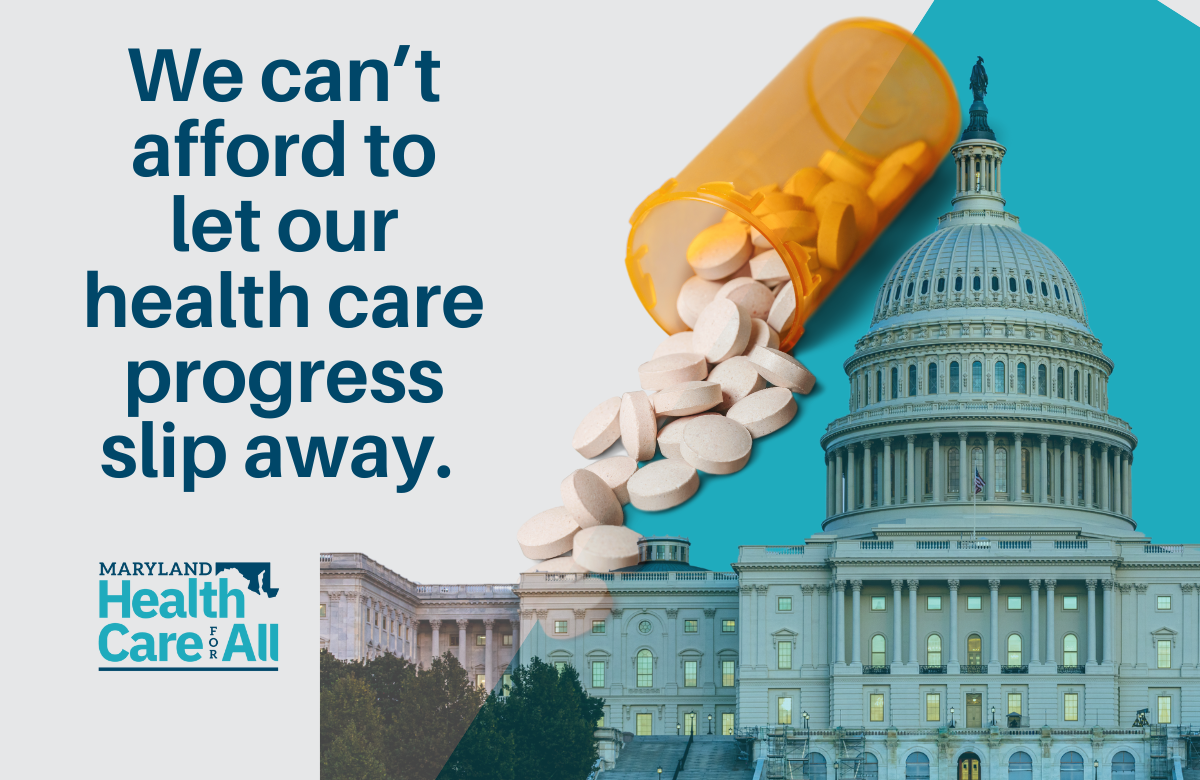Baltimore Sun
Op-Ed
By Carmela Coyle
July 1, 2015
For decades, as health care costs continued to spiral upward and patients were stymied by an increasingly fragmented health care system, policy leaders, politicians and front-line caregivers strained to find a better way to care for people.
Here in Maryland, this has been a more than 40-year pursuit, as hospitals have worked closely with the federal agency that administers the Medicare program to help keep health care costs in check and ensure quality care for patients.
The agreement that governs this work was modernized in January 2014 and extended the state’s one-of-a-kind way of paying hospitals for the care they provide. Maryland is the only state in the country where hospital rates are set not by hospitals but by an independent state agency, much like utility rates are set.
The agreement is only possible because hospitals, state regulators and the federal government share the same vision for Marylanders: reduce the cost of health care, keep people healthy before they need hospital care and improve the experience of patients in hospitals.
Dramatic change to achieve these goals is now underway throughout the state. In the first year under this modernized agreement, hospitals have:
•Saved Medicare more than $100 million;
•Held hospital spending growth to 1.47 percent, well below the 6 to 7 percent increases of just a few years ago;
•Held total Medicare spending growth to less than the national average;
•Helped people who needed care, but not in the hospital, avoid using unnecessary services by reducing their hospital use nearly 16 percent;
•Reduced infections and other conditions that occur during hospital stays by more than 26 percent;
•And reduced Medicare hospital readmissions rates faster than the nation as a whole.
For patients, this means better service and more personal attention to their needs — both in the hospital and beyond. It means simple conveniences, like prescriptions delivered to the bedside or a 24-hour nurse hotline. It means personal health “coaches” who make sure that care plans are being followed after a hospital stay. It means much better communication among primary care physicians, specialists and the hospital, so that everyone is on the same page when it comes to your health.
For businesses, the significant savings realized by hospitals, which account for 40 percent of all health care spending in the state, should translate to lower health insurance costs for employers and their employees. And as independent physicians are brought into the fold and make progress toward the same goals, costs should drop even further.
For communities, it means a different understanding of health and health care. Hospitals are partnering with health departments, social service agencies, community organizations, faith-based institutions and other local resources to help keep people healthy before they need hospital care and to make sure they stay healthy after they leave the hospital. If raising a child takes a village, so does keeping a community healthy, and substantive partnerships are being formed every day with this singular goal in mind.
How has so much been accomplished in such a short period of time? Working with state regulators, within six months of the modernized agreement’s signing date, 95 percent of Maryland’s hospitals’ revenue was governed by fixed global budgets. Put another way, hospitals are no longer compensated based on how many patients they serve and treatments they provide, but rather on the quality of care they provide to every patient. This proved to be a highly potent incentive to transform traditional methods of how a hospital operates in favor of more holistic, preventive approaches.
Maryland’s hospitals, whose leaders understand that the health care needs of today and tomorrow are not those of the past, are building on hospitals’ longstanding tradition of service by experimenting with novel ways to improve care and keep costs down. It is an exciting time for hospitals, and for the more than 6 million lives entrusted to us, as Maryland leads the way to better health care.
Carmela Coyle is president & CEO of the Maryland Hospital Association. Her email is ccoyle@mhaonline.org.
Last modified: July 7, 2015



